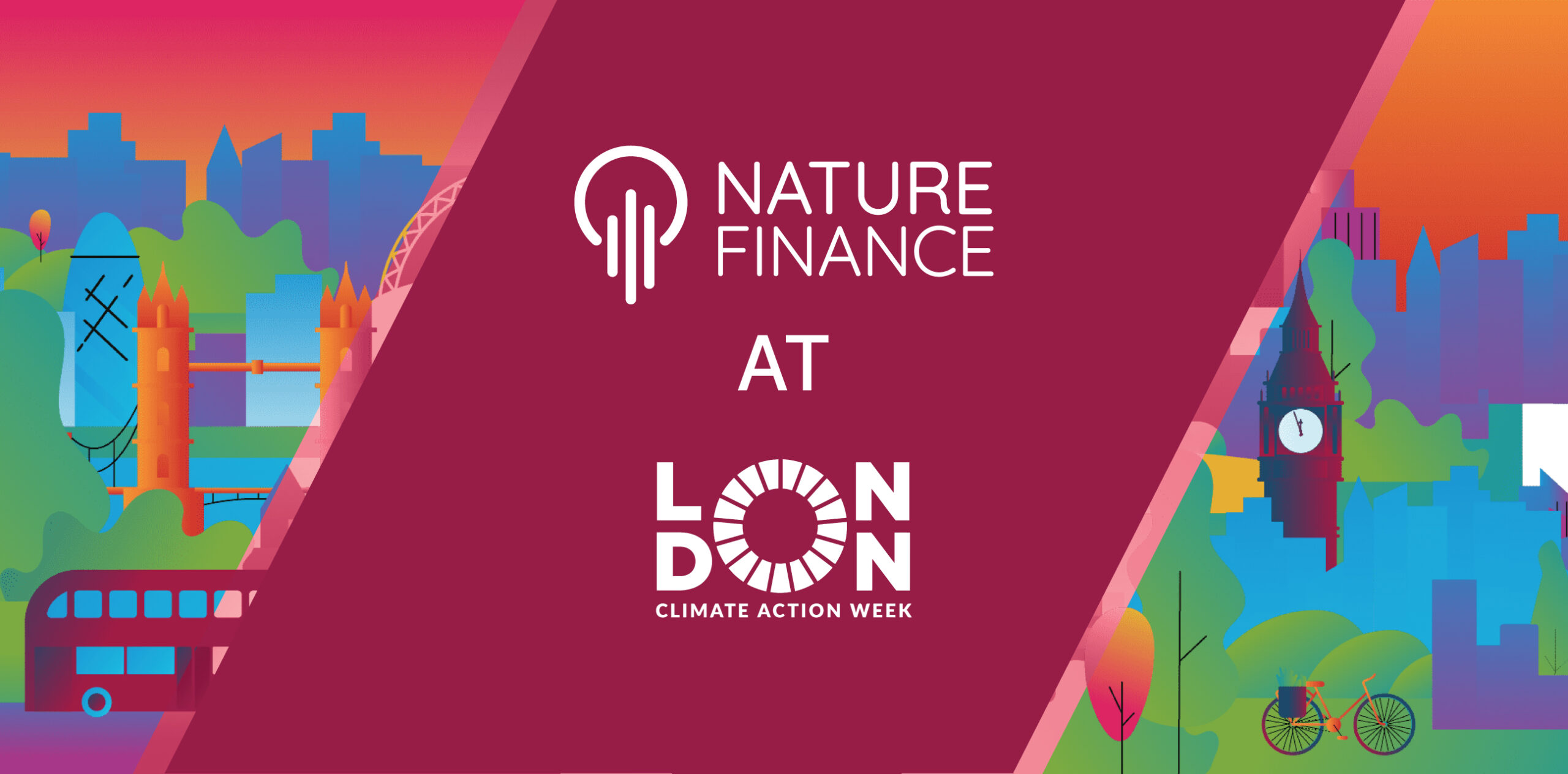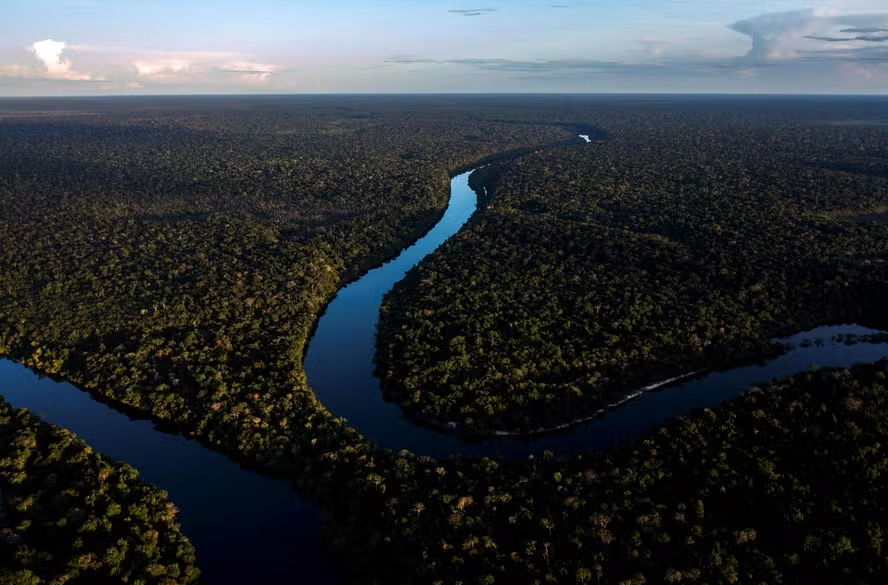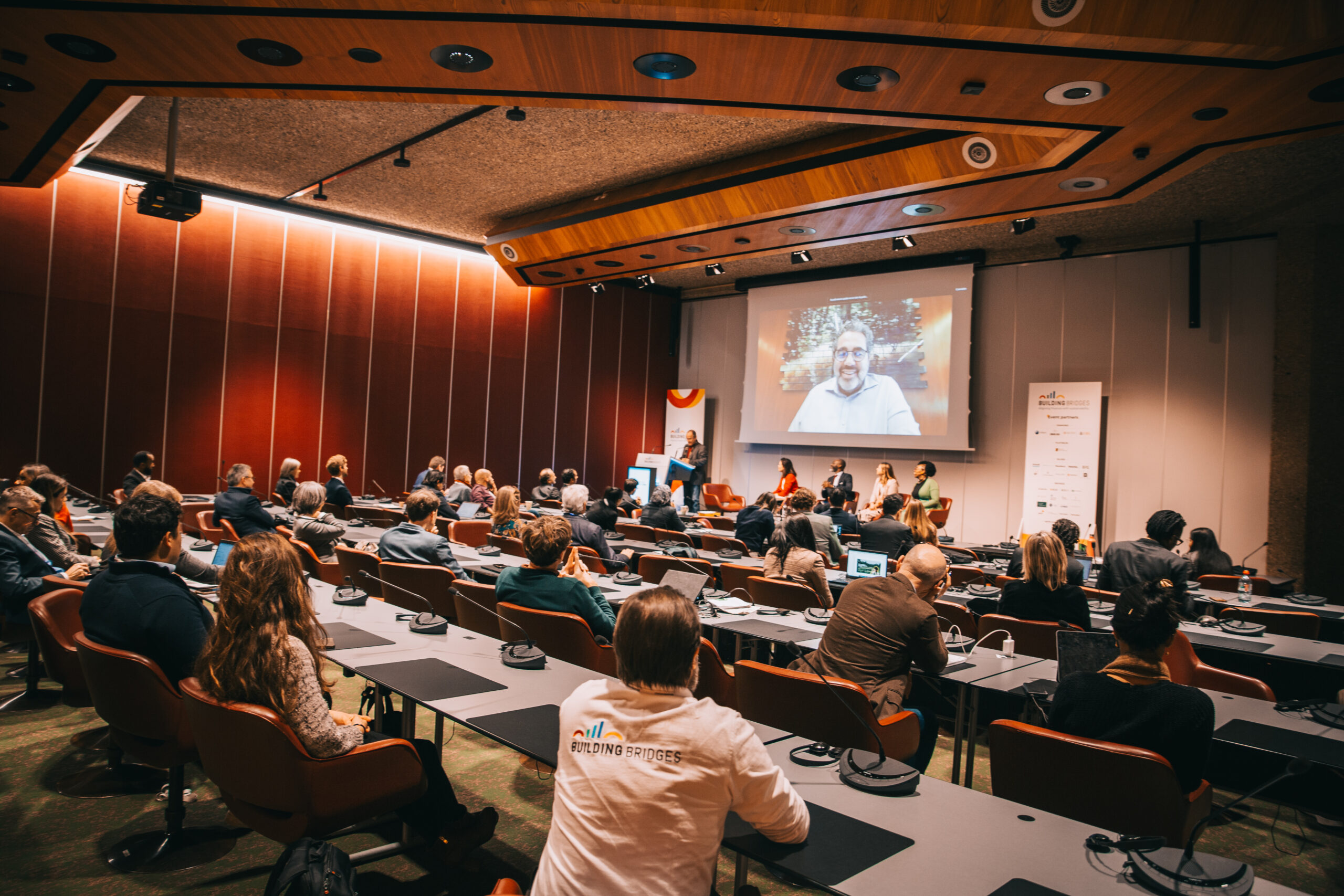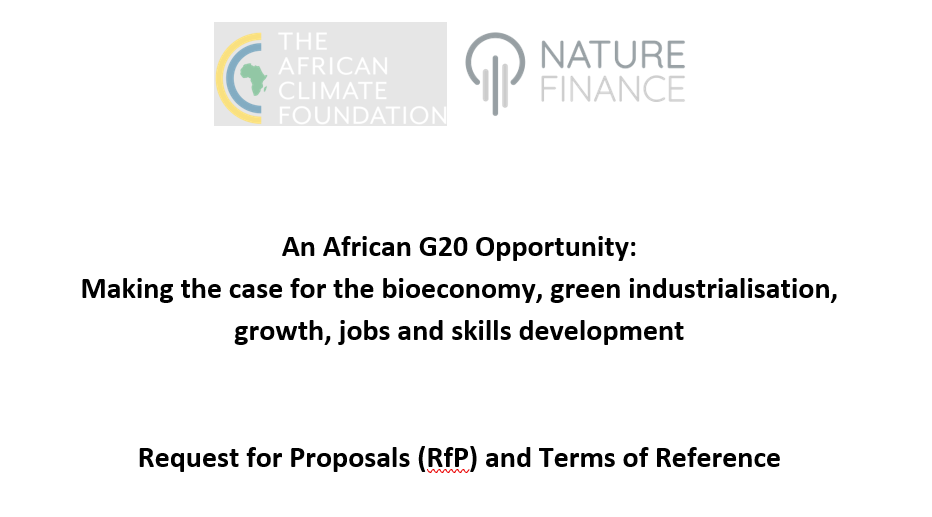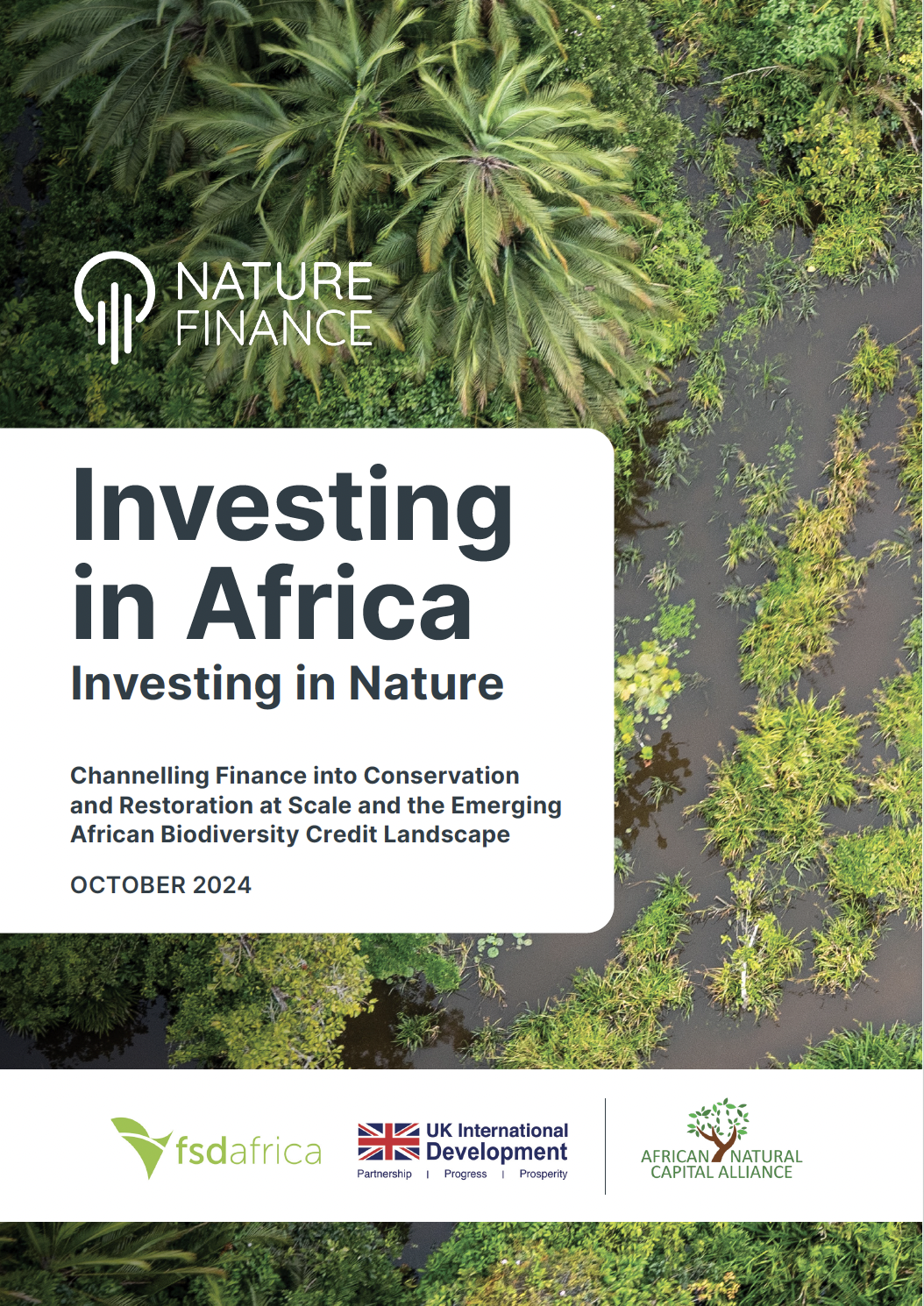Nature has always been a critical ingredient to business success. But only recently have the private and financial sectors begun to scrutinise nature’s contribution to the bottom line.
The release of the final Taskforce on Nature-related Financial Disclosures (TNFD) recommendations is the most recent and important milestone in shifting capital flows towards nature-positive outcomes. The recommendations provide businesses with a clear basis for communicating internally and to the market, especially investors, their dependency on nature and the associated risks and impacts.
It’s a pivotal step in reshaping the very infrastructure of the financial system to enable nature-positive economies. And it’s been met with a surge of new tools, approaches and businesses to support companies in adopting and integrating nature disclosures within their operations.
Our second Nature Investor Circle event explored the recommendations and their implications for businesses and financial institutions. You can watch the full event here.
We welcomed Lucy Almond, Chair of Nature4Climate, Vian Sharif, Founder of NatureAlpha and Head of Sustainability at FNZ Group, and Simon Pickard, Chair of the Impact Investment Committee at UBP, to share their thoughts on the fast-changing landscape of nature-related financial disclosures.
Here’s what we learned.
1. We are seeing an emergence of nature-related disclosures
“It seems like every day there’s a new framework, there’s a new regulatory requirement that we need to start looking at from the perspective of nature-related disclosures,” said Vian Sharif.
The TNFD recommendations aim to standardise how nature-related risks, impacts, dependencies and reporting metrics are assessed and communicated to the world. The measurement of a baseline today lays the groundwork for assessing and reporting on nature-related issues into the future.
“One of the issues thus far is that people have not been speaking the same language,” said Simon Pickard. “This is a very big step in creating that common language.”
The recommendations align closely with the Task Force on Climate-Related Financial Disclosures (TCFD), which means businesses and financial institutions are beginning to incorporate nature into a more holistic picture of nature- and climate-related risks.
2. A new wave of businesses is helping anchor disclosures in good science.
“If you’re an investor and you’re analysing disclosure data for 12,000 companies in your portfolio–that’s a data challenge,” said Dr Sharif.
Advancements in nature disclosure frameworks are happening alongside unprecedented technological growth in our ability to monitor the health of ecosystems. This has spurred a wave of new businesses, like NatureAlpha, that are helping companies and investors navigate the expanding world of nature data and ensure that data is grounded in good science.
But metrics are only part of the equation to meet TNFD recommendations. Setting targets that guide action is another. “Once we understand how to baseline a company or an investment portfolio’s footprint, we can start to understand how targets are not only set but met over time,” said Dr Sharif.
3. Locality is a big challenge.
The value of disclosure data hinges largely on a company’s ability to identify the geographic location of each point of their operations–no small task for multinational companies with complex and far-reaching supply chains. For financial institutions, this challenge is made more complex when considering an entire portfolio of companies.
“One of the advantages of this acceleration in biodiversity reporting is that corporates have a greater awareness of the things that will be required of them in the future in terms of locality,” said Mr Pickard. “For many companies, this is the first time they are thinking about it.”
The evolving suite of geospatial information and tools means we can start to enhance our understanding of a company’s impact around the world on different dimensions of nature. But as Mr Pickard pointed out, the difference between theory and practice will be large. “There is going to be a lot of iteration involved in this. This is a first go.”
4. Demand for data and tools is driving investment in nature tech.
New nature-positive businesses mean new flows of investment. Lucy Almond, Chair of Nature4Climate, shared the latest trends from the coalition’s recently released State of Nature Tech report.
The report, launched in October, shows that nature tech is a new but growing investment category, especially in areas like food and agriculture and digital measurement, reporting and verification. From 2018 to 2022, the accumulated investments in nature tech start-ups totalled USD 7.5 billion.
“Much of this investment is still concentrated in the US and Europe, but we are seeing a wave of innovation taking place in the global south where innovators are developing solutions for local problems,” said Ms Almond.
5. Communities and conservationists should have a seat at the table.
For leading financial institutions, nature markets pose many challenges–navigating a new and rapidly changing regulatory environment, balancing the dual aims of financial and ecological gains and ensuring their investments are actually achieving nature-positive outcomes.
For Simon Pickard, Chair of the Impact Investment Committee for UBP, the key to overcoming these challenges is (a) grounding decision-making in scientifically-robust data; and (b) having the right governance structures in place.
“Every fund manager and every company has to think about governance and strategy,” said Mr Pickard. “It’s going to be an iterative journey, and you can only embark on an iterative journey if you have the right governance in place.”
UBP launched its Biodiversity Restoration Fund just over two years ago. The fund’s governance structure, which includes expertise from the Peace Parks Foundation and the Cambridge Conservation Initiative, means conservationists and community-based organisations have a seat at the table. This approach provides an essential backstop, ensuring investment decisions are backed by science and designed for communities.
“It’s very important to create a convening point for collaboration to ensure that all actors are formally empowered to participate,” said Mr Pickard.
